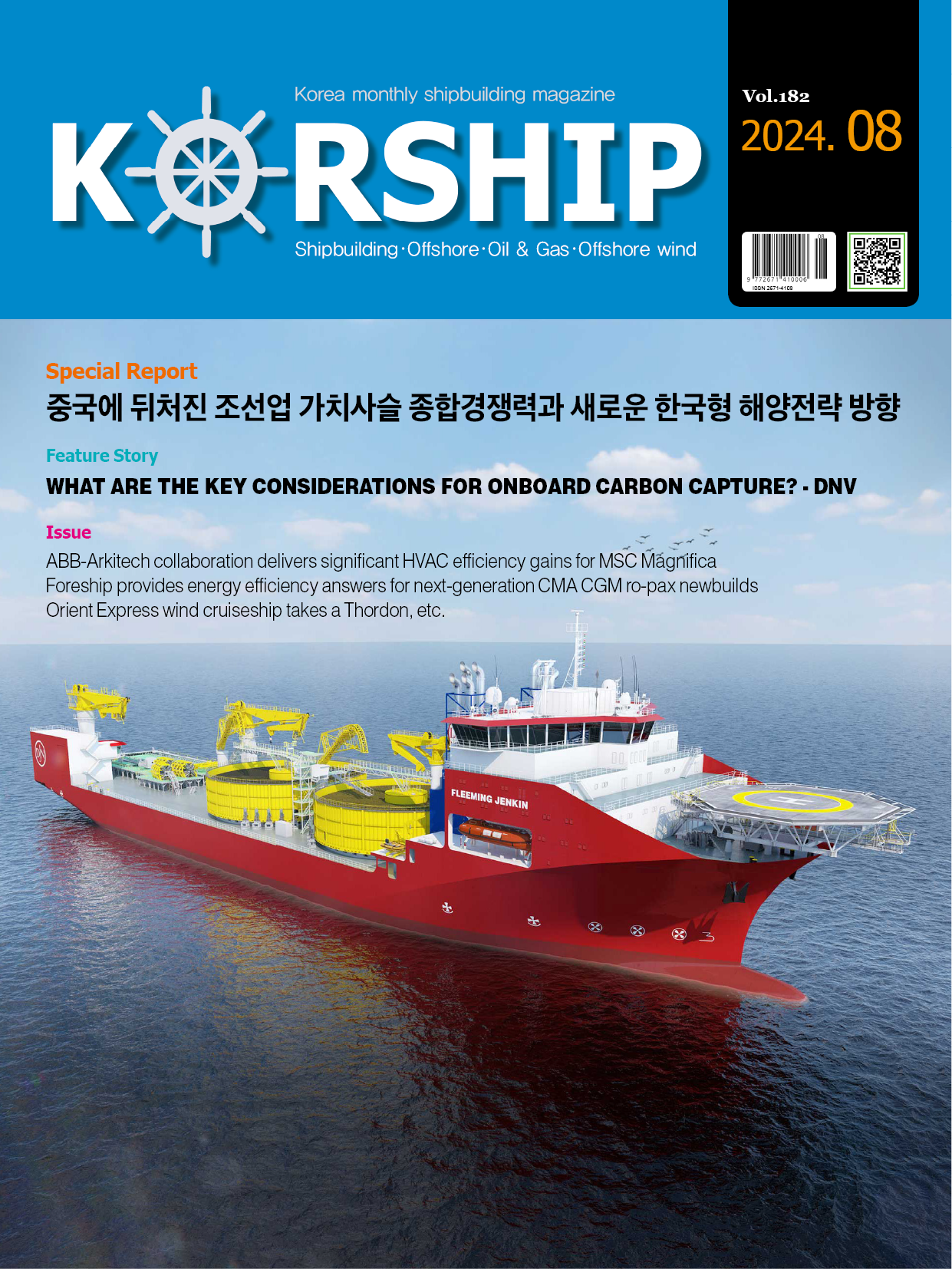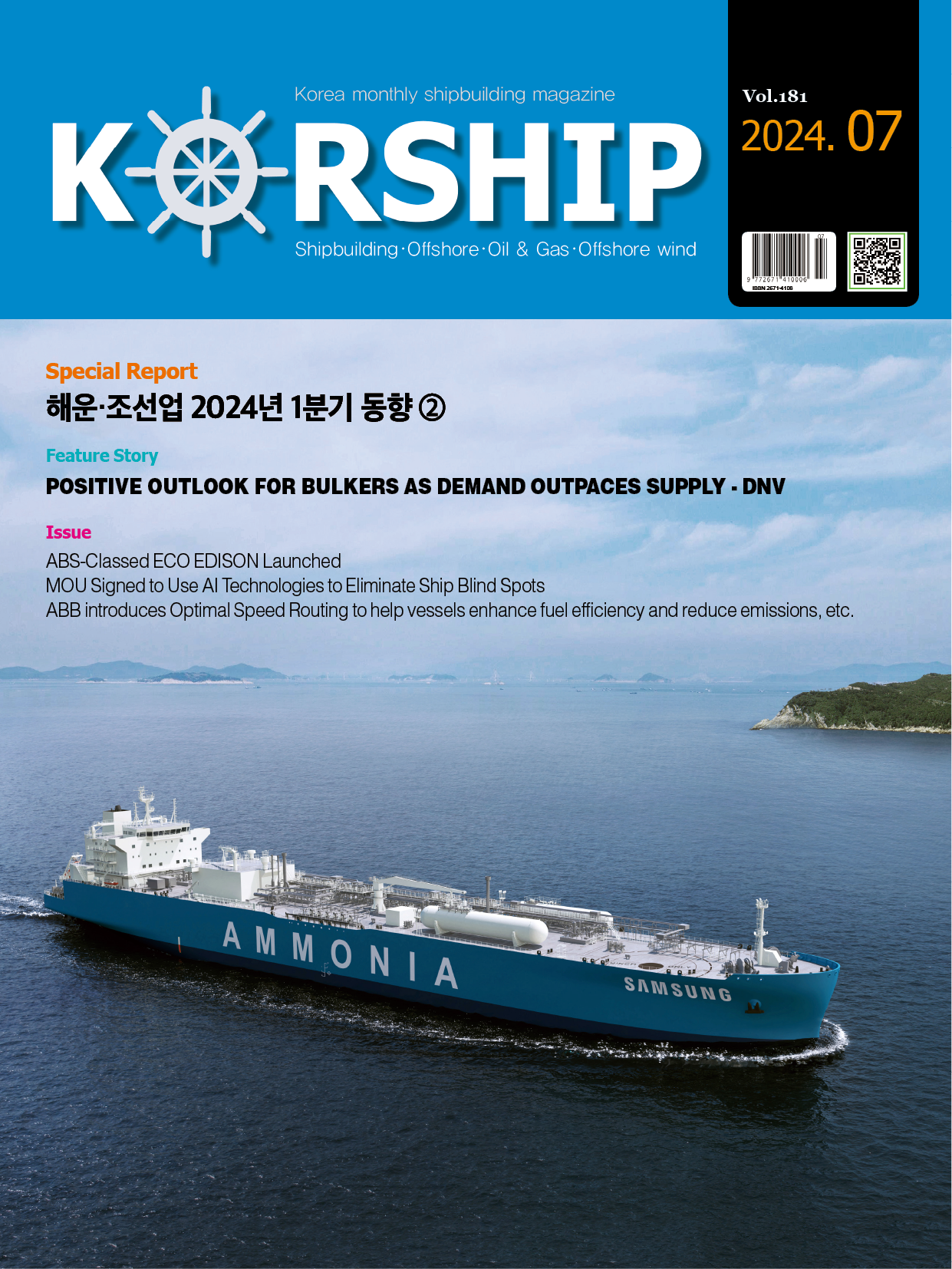Feature Story MacGregor brings automation expertise to EU supply chain optimisation …
페이지 정보
작성자 최고관리자 댓글 0건 조회 781회 작성일 23-11-15 15:15본문
Expected outcomes from three EU-funded projects targeting optimised cargo handling for short-sea and inland shipping highlight the key contributions coming from sustainable load-handling specialist MacGregor.
Further automation in cargo handling is considered vital for reinvigorating parts of the European transport system, as the areas of focus for the European Union’s Horizon 2020 research and innovation programme have already demonstrated.
Load-handling expertise from MacGregor is a key element in three EU-funded programmes that are driving developments forward. MOSES – Automated Vessels and Supply Chain Optimisation for Sustainable Short Sea Shipping – aims to “enhance the short-sea shipping(SSS) component of the European supply chain”. Meanwhile, the goal of AEGIS – Advanced, Efficient and Green Intermodal Systems – is to realise a “more flexible, connected and user-centric waterborne logistics system”.
Representing a continuation of MOSES and AEGIS, a third project, SEAMLESS, seeks to develop and adapt “missing technology building blocks and key enabling technologies into a fully automated, economically viable, cost-effective and resilient waterborne freight feeder service for [European] SSS and inland waterways transport”. SEAMLESS is funded by Horizon Europe, the successor to Horizon 2020.
For MOSES and AEGIS, MacGregor has developed an autonomous container loading and discharging solution that comprises an automated crane operating system and a new container supply chain software program – the Voyage and Container Optimisation Platform(VCOP). VCOP informs the crane of the loading and discharge sequence according to the stowage plan.
While the crane operating system is based on an existing MacGregor solution, it features a newly enhanced control unit capable of handling all the information needed to ensure safety in autonomous cargo-handling operations. Using the VCOP’s ability to interpret booking information, the cargo planner can verify that there is enough room on board the vessel for the booking to take place and execute the automated stowage plan. This information can be shared instantly with interested parties including the cargo owner, who will be informed of the status of its booking, and the port, which can make necessary portside arrangements based on the loading or discharge sequence.
Automated round the clock
Through automation, stowage plans can be established within minutes rather than hours to accelerate supply chain processes. However, according to Janne Suominen, Manager for Offering Development at MacGregor’s Merchant Solutions division, the speed of the cargo operation is not the primary focus: instead, reliability and predictability in the supply chain are the drivers for the development.
“The major benefit of our solution is its ability to operate around the clock in smaller ports with fewer personnel – as this kind of port is very common along Europe’s short sea routes and inland waterways,” says Suominen. “Because the stowage pan is automated, shipping companies can design schedules and routes more effectively to maximise efficiency even at very short notice.”
MacGregor’s solution also draws on the expertise of partners Bromma, a specialist in spreaders, and TNO – Netherlands Organisation for Applied Sciences. Bromma’s spreader technology handles final movement adjustments and recognises the container’s ID to ensure containers are placed in the right slots. TNO’s sensor technology provides the crane and its remote operator with the situational awareness to execute loading and discharge processes in a safe and timely manner. If the sensors detect an anomaly in the designated ‘safety zone’, operations are automatically shut down.
Verification trials
With the MOSES and AEGIS projects drawing to a close, MacGregor’s solution is due to be tested at a facility in Örnsköldsvik, Sweden, in September 2023. As part of the demonstration, MacGregor will showcase the ability of the spreader to lock on to a container on the quayside before transferring it to the vessel without an onsite crane operator. To test the system’s limitations, the company has defined scenarios in which the containers are placed incorrectly. The demonstration will also verify the system’s response when a person enters the safety zone and its coordination with the shore control centre to ensure operations can be resumed safely and without delay following automatic shut-down.
“The successful completion of these tests will not mean that the solution is ready for deployment, but it will prove that we have established ways to manage information to facilitate automation,” noted Suominen. “We have created a new control system for autonomous operations and linked that with our current crane control system, with the Bromma spreader system and with the TNO system, ensuring a smooth connection between each. The effort from all partners has been excellent.”
For the SEAMLESS project, MacGregor is further developing its VCOP to connect with existing platforms and to provide enhanced transparency to all stakeholders in the cargo supply chain. The company’s contribution to SEAMLESS also includes a new crane design wherein the movement of the rope is more effectively controlled for enhanced safety.
SEAMLESS progress
In addition, MacGregor will design a ‘Dock ’n’ Load’ system for automated docking, mooring and departure, building on the existing automated mooring system that the company initially developed in 2019 for the world’s first autonomous and zero-emissions container ship, Yara Birkeland. The original solution’s robotic ‘lasso arm’, which automatically affixes a looped mooring rope to quayside bollards, will be enhanced for greater bollard detection, thereby further improving safety and efficiency.
When combined, MacGregor’s solutions for SEAMLESS will enable autonomous vessels to operate and handle cargo safely and efficiently at inland waterway ports with limited infrastructure. Testing is scheduled to take place in 2026.
“These EU-funded projects give us the leverage to focus our research efforts and further develop our technology towards the objectives on our roadmap, working in collaboration with like-minded innovators,” explained Suominen. “Working as part of multidisciplinary consortia and collaborating with partners whose expertise lies outside the maritime industry, such as universities, research centres and digital technology providers, is especially rewarding. In this way, we build new relationships and gain fresh ideas and perspectives that can help us to improve our offering in the long term.”
Ultimately, by participating in these and similar projects, MacGregor hopes to better serve its clients while helping to establish a safer, more efficient, and more sustainable short-sea and inland transport system in Europe.
Moses, Aegis and Seamless projects are funded by the European Union under Grant Agreements No.861678, No.859992 and No.101096923 respectively.
■ Contact: MacGregor www.macgregor.com












